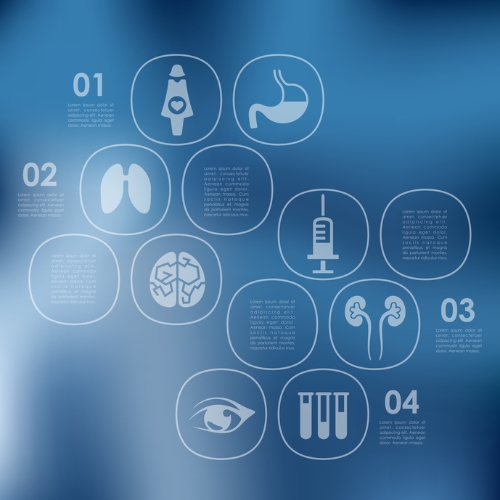Key points from article :
Milk, lamb blood, urine, and beer are tried as substitutes in experiments for creating blood.
According to WHO 108 million units of donated blood are collected worldwide yearly.
Number of blood donors in the U.S. are 6.8 million yearly on average.
If a blood substitute developed, in 2027 the artificial blood market could be worth $15.6 billion
Artificial blood should be safe to use and compatible with the human body.
Artificial blood must be able to transport oxygen throughout the body and release it where it is needed.
Artificial blood should at least be able to be stored for over a year or more.
KaloCyte team has created Erythomer, an artificial red blood cell with a packet of purified haemoglobin.
Synthetic polymer nanostructure which accelerates coagulation is being developed in Erin Lavik’s lab.
Artificial blood developed by Japanese researchers has been proven to be effective on rabbits.
Perfluorocarbons are inert materials, which can dissolve about 50 times more oxygen than blood plasma.





